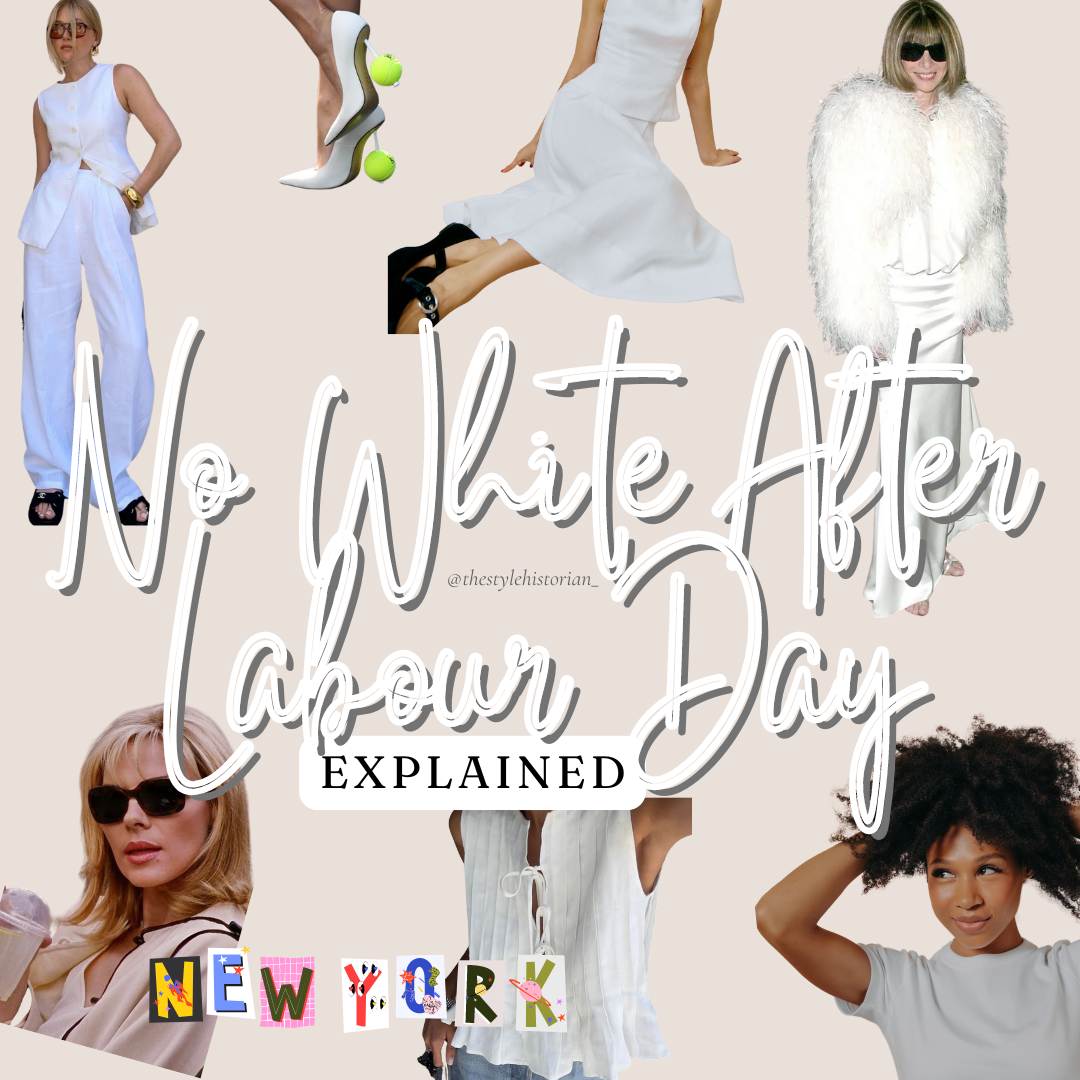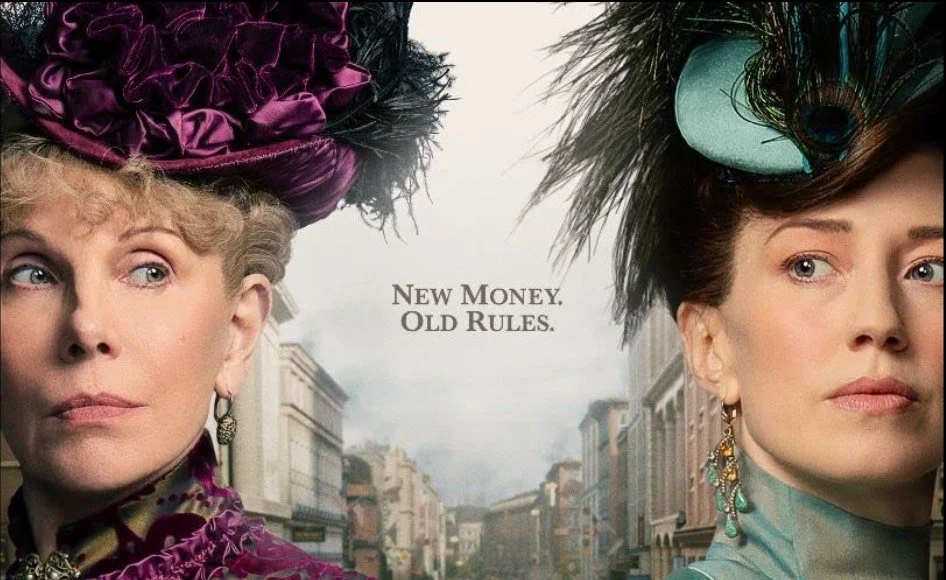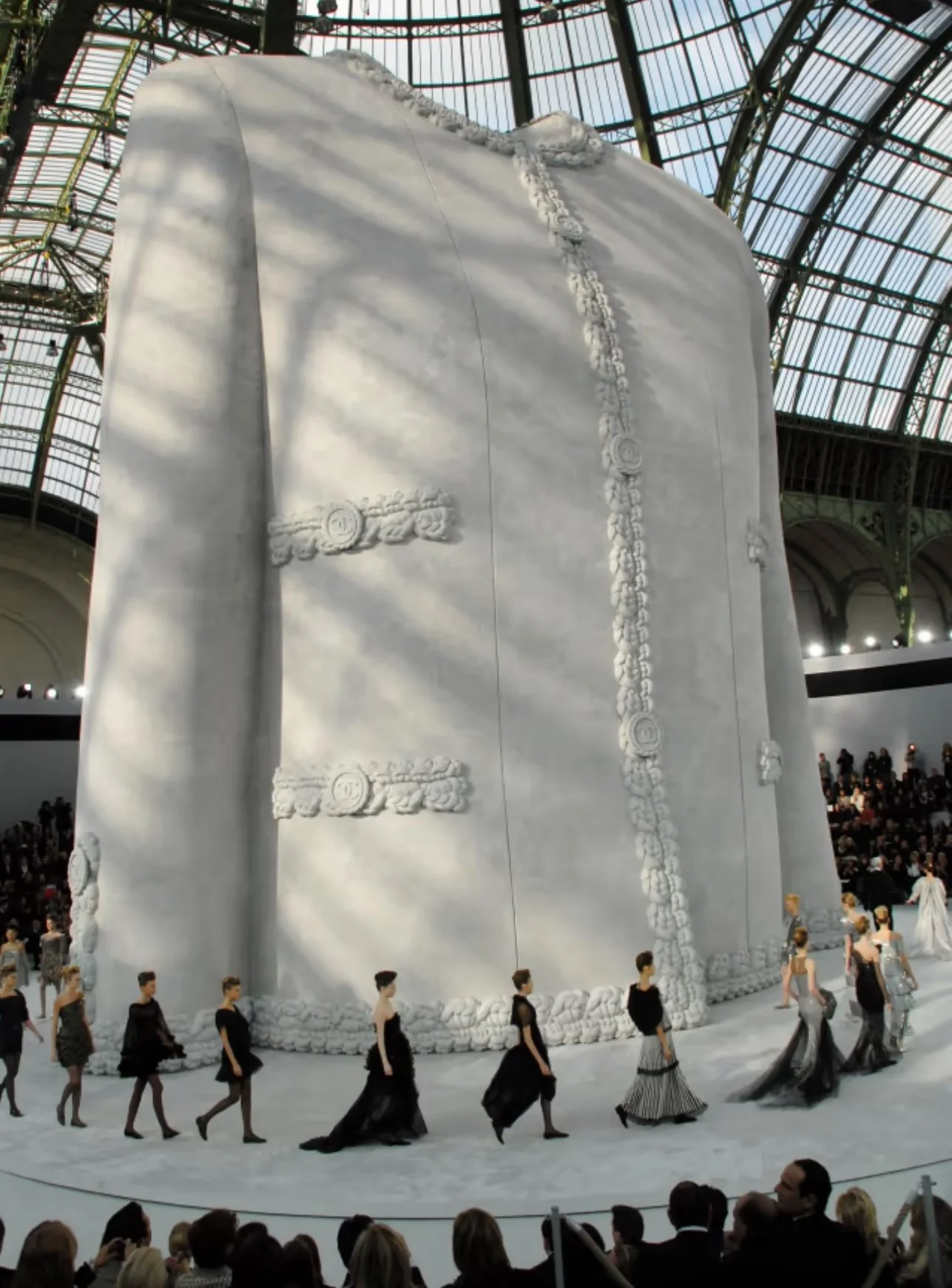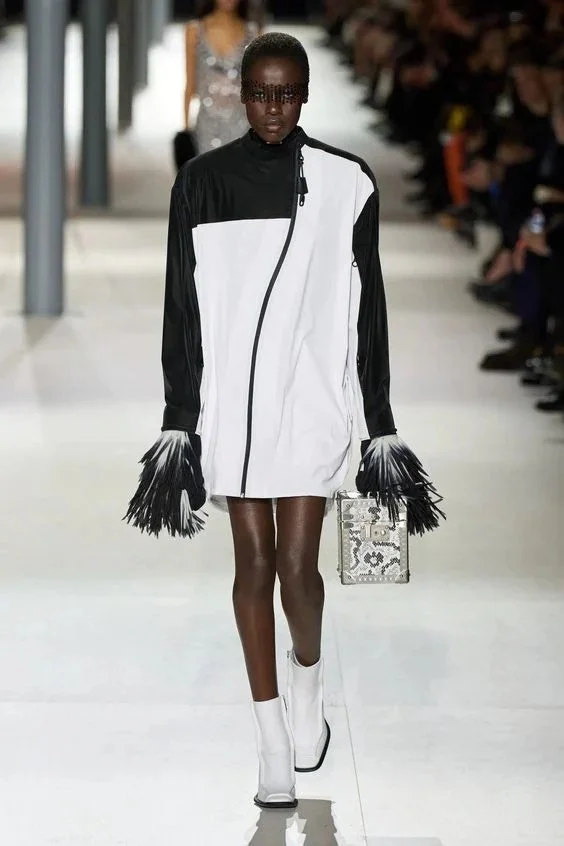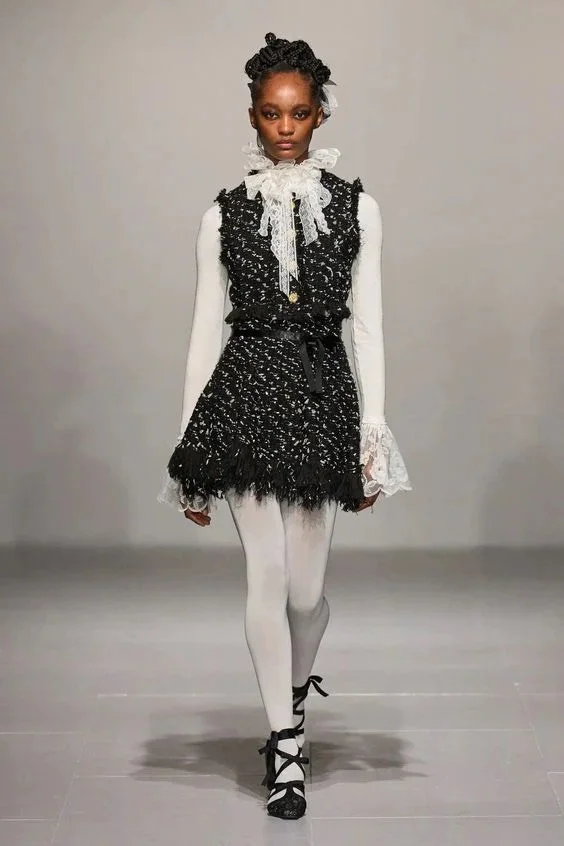Why can’t we wear white after Labour Day? History of the fashion faux pas explained.
Image Credit: Art by The Style Historian.
If you’re like me and obsessed with The Gilded Age on HBO Max, you’ll probably dig the origins of the fashion faux pas ‘no white after Labour Day’.
With summer sliding into the rear-view mirror and we soak up the final long weekend of the summer, this week marks the (unofficial) beginning of the fall season – Labour Day.
But who created this ‘rule’ and does anyone even follow it anymore?
Let’s get into it.
How did the ‘no white after Labour Day’ rule start?
Image Credit: Photo by Pinterest, Art by the Style Historian.
Before NYC became the buzzing metropolis we know today, the late 19th century ushered in an era of rapid economic growth for entrepreneurs — introducing a class struggle between New Money and Old Money.
Across the U.S., industries like the railway, finance and mining were expanding – with entrepreneurs everywhere seizing new opportunities – turning the heads of Old Money who long dominated society’s most important circles.
And of course, this was represented in their clothing.
Wearing white was a class denominator, separating the high class from everyone else – a distinction that you could afford to leave the city in the summer months to go on vacation – in stark contrast to the manual labourers in dark clothing to hide debris or dirt sticking to their garments after a long day.
What does the Gilded Age have to do with wearing white after Labour Day?
This period (known historically as the Gilded Age) brought upon new rules for social class as the Old Money vehemently tried to deny New Money acceptance into their social order.
It all comes back to this struggle of status and cementing oneself into history.
‘No white after Labour Day’ was established as a way for the Old Money (think Christina Baranski) to boss around New Money (think Carrie Coon) – setting new standards to ensure everyone knew who was actually in charge – with real influence.
image Credit: HBO Max, Christine Baranski (left) and Carrie Coon (right) star as opposing Old Money & New Money families in the hit series.
But fashion historians agree New Money fought back, wearing white after Labour Day – though the tradition continued to be pushed and held within mainstream society.
Other factors influencing ‘no white after Labour Day’
Tennis was becoming increasingly popular around this time – a sport established in France in the 17th century – requiring an all-white fit.
At this time, New York City had no paved roads and the city itself was incredibly dusty. Wearing white was not going to survive the elements of merely existing and moving within the city.
White and neutral garments tended to be made from linens, helping keep the heat out during the hot summer months.
And Vogue even reported in 1925,
“White, while perfect for the country, it is, because it soils so easily, impossible for town wear. ”
When did people start to ignore the ‘no white after Labour Day’ rule?
The tradition began to break in the early 1900s, as the invention of cars and the rapid expansion of the rail system took over.
But by the 1920s, things were changing. The invention of cars and the rapid expansion of the railroad ushered in a new era for New York City.
In Europe, Coco Chanel also started wearing white year-round – her signature look.
Image Credit: Front row shot of the Chanel Haute Couture Show in Paris, 2008. Photo by Foc Kan/WireImage.
Image Credit: Fashion designer Coco Chanel (center) in her signature all-white suit, alongside dancer Serge Lifor (left) and Jacques Chazot in Paris, 1970. AP Photo.
Fashion magazines also took notice, with Vogue dressing models in ‘winter whites’ (most popular included white furs or ball gowns – kept clean through support staff maintaining travel to the opera, via carriage or later in the car).
Plus, it’s also suggested that when fashion magazines tried to reinforce the rule in the 1950s, it didn’t hit, as the invention of the washing machine made wearing white much easier and accessible to the masses.
What does this rule mean for us today?
Across the board, the chokehold fashion rules have been loosening their grip, with everyone doing their own thing these days.
With so many micro trends, fleeting viral moments and styles, personal style is exactly that – personal.
And if we look to the F/W 2024 runways for guidance – we are seeing white, something not even reported anymore as unique or breaking of a tradition in fashion circles.
If anything, we see tons of content on ‘how to wear white year-round’ – and timeless combination of black and white for fall 2024.
Image Credit: Model walking for Miu Miu, Fall Ready to Wear, 2024. MyStyleBox.ca
Image Credit: Model walking for Louis Vuitton, Fall Ready to Wear, 2024. MyStyleBox.ca
Image Credit: Model walking for Yuhan Wang, Fall Ready to Wear, 2024. MyStyleBox.ca
When Pantone released its palette for 2024, white swan was included.
If you want to wear white in winter, stylists recommend heavier fabrics like wool, corduroy, and cashmere. And of course, white classics are always found in button up shirts and blouses for year-round.
Will you be wearing white after Labour Day?
Let me know! I know I will be.
Until next time,
-TSH
—
The Style Historian is a lifelong thrifter and style enthusiast passionate about the stories behind the fashion, trends and styles we see today. She covers these histories on her weekly blog, The Style Historian, and on her Instagram @thestylehistorian_. In 2022, she founded her online vintage shop, Good Find Studio, in an effort to minimize her closet and live more sustainably. When not researching, she can be found watching a good doc or anything on Bravo, thrifting and spending time outdoors.
